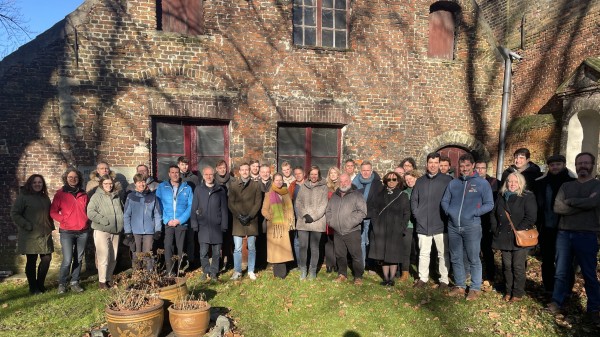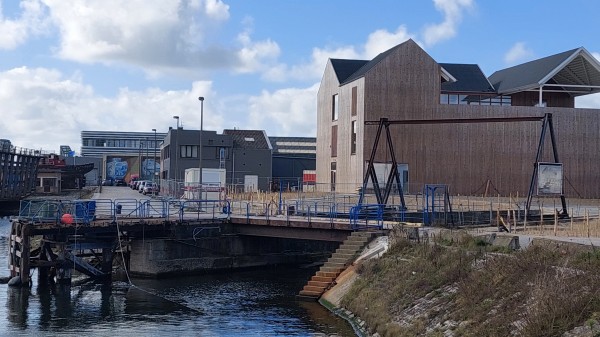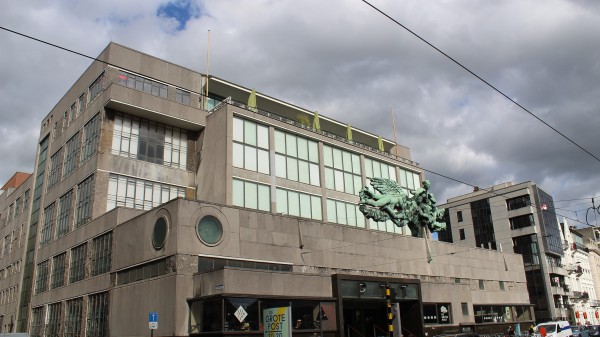Ocean and seas cover 71% of the Earth's surface and are inhabited by diverse forms of life. Among these inhabitants, plankton emerges as a crucial component of the marine ecosystem. They dominate marine life in terms of abundance and biomass, and are essential contributors to the food web and the biological carbon pump. Additionally, plankton can serve as early indicators of changes in the marine environment. Because of their fundamental roles in ecosystems, their vast densities, and their function as bioindicators, it is important to study, understand, and monitor plankton. To achieve this, in situ optical methods have been developed that are able to observe plankton in their natural habitat. In her PhD, Anouk Ollevier (VLIZ & UGent) sheds light on the applicability of the Video Plankton Recorder (VPR), an underwater camera used to capture images inside the water column while being towed by a vessel. Through her research, Anouk gained new insights into plankton ecology and demonstrated how imaging techniques can significantly enhance our understanding and efficiency in studying the plankton community.
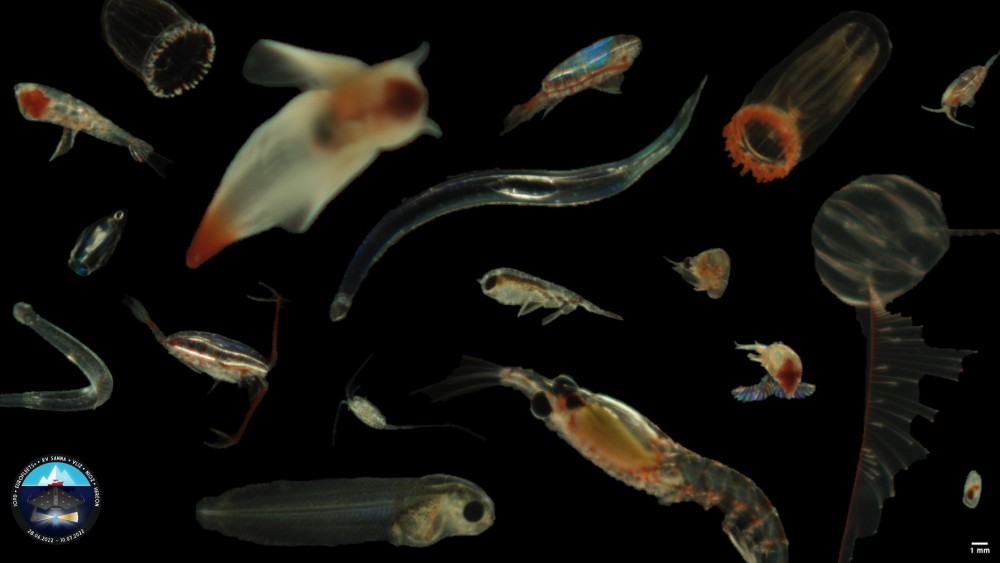
Collage showing the diversity of plankton (West-Greenland) collected with the Video Plankton Recorder. (VLIZ | Anouk Ollevier)
The VPR allowed for better quantitative estimates of gelatinous organisms, such as jellyfish, presenting a clear advantage in its ability to observe fragile organisms compared to traditional net sampling methods that often result in damage to these organisms. Nonetheless, this research also examined the limitations of the VPR, particularly in highly turbid coastal waters where its effectiveness is compromised. Further, the VPR's sensors enable the precise determination of depth and environmental conditions when capturing a photo, facilitating a thorough analysis of plankton's vertical distribution. Anouk’s study is the first to describe the diel vertical migration of amphipods and cumaceans – two groups of small crustaceans – from the sea bottom to high up into the water column at night in the Belgian Part of the North Sea. Moreover, her research delves into the distribution of copepods – and their quality as a food source for fish and higher trophic levels – in the fjords and shelf area of West-Greenland.
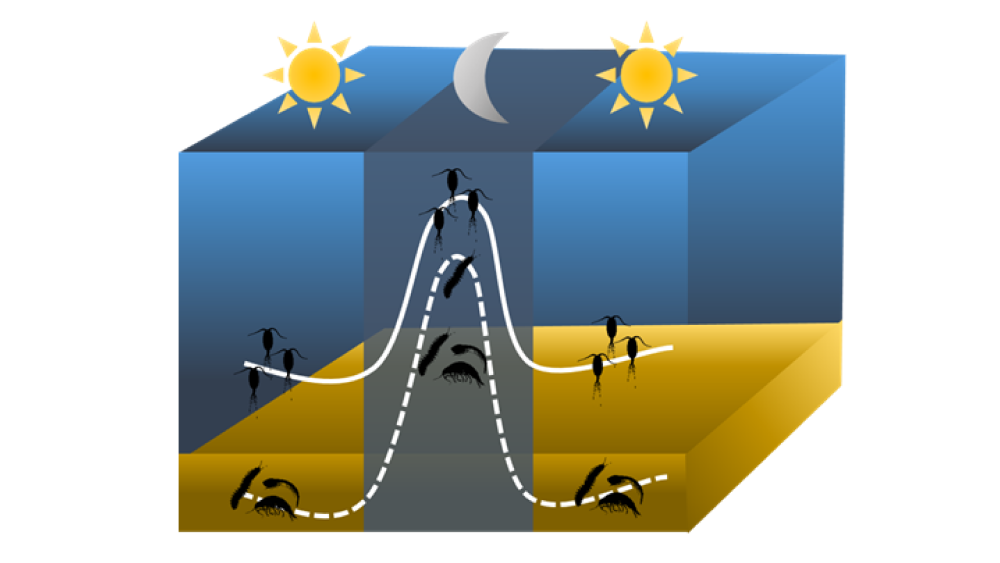
Diel vertical migration of copepods and benthic organisms (Amphipoda and Cumacea) in the Belgian part of the North Sea. (Anouk Ollevier)
Anouk defended her PhD on Feb. 14 2024 in the VLIZ premises. Promotors of this PhD are Prof. Dr. Marleen De Troch (UGent) and Prof. Dr. Pascal Hablützel (VLIZ). This research was supported by VLIZ and made use of LifeWatch (FWO) infrastructure and ship time on RV Simon Stevin and RV Sanna (Eurofleets+).
